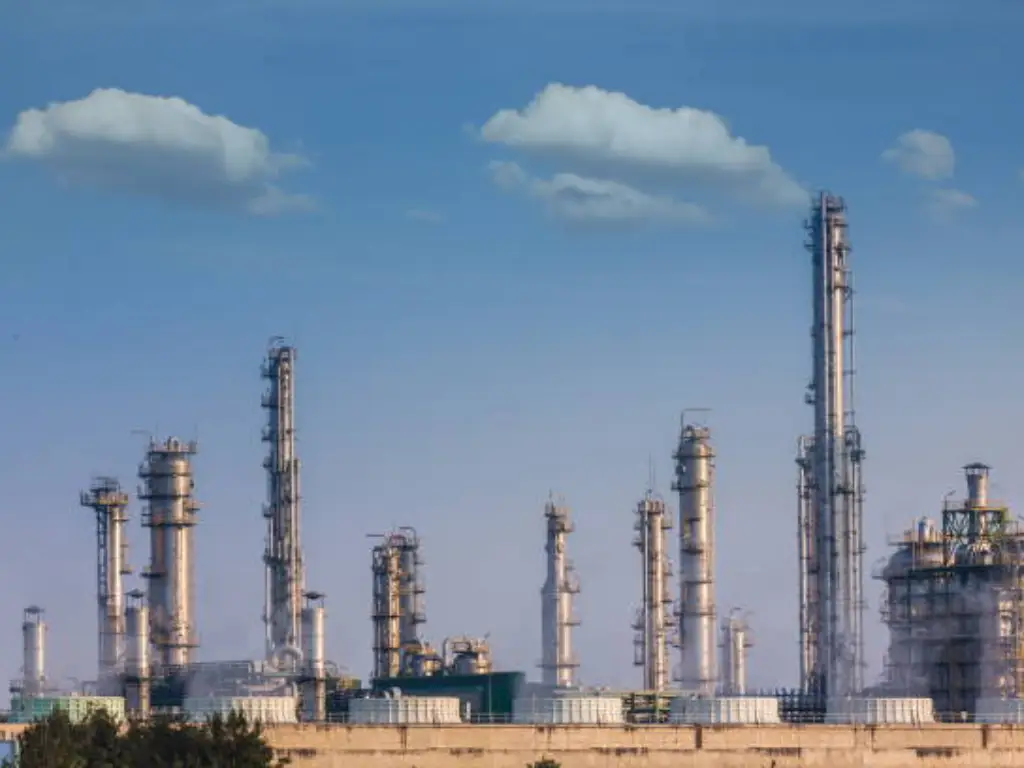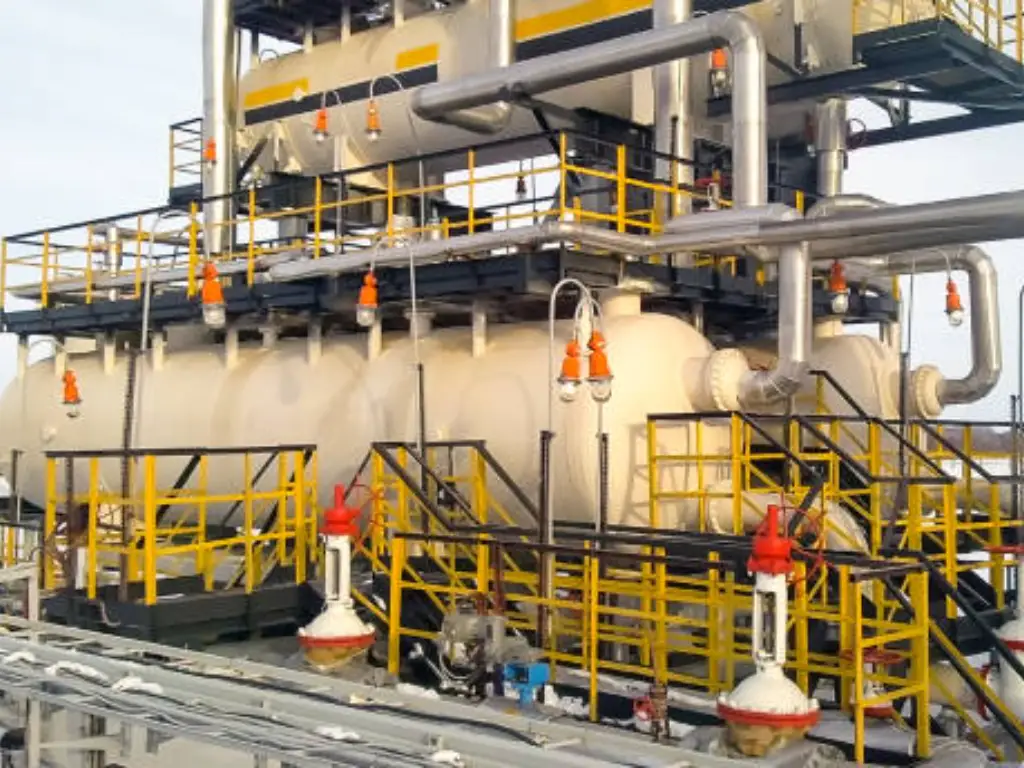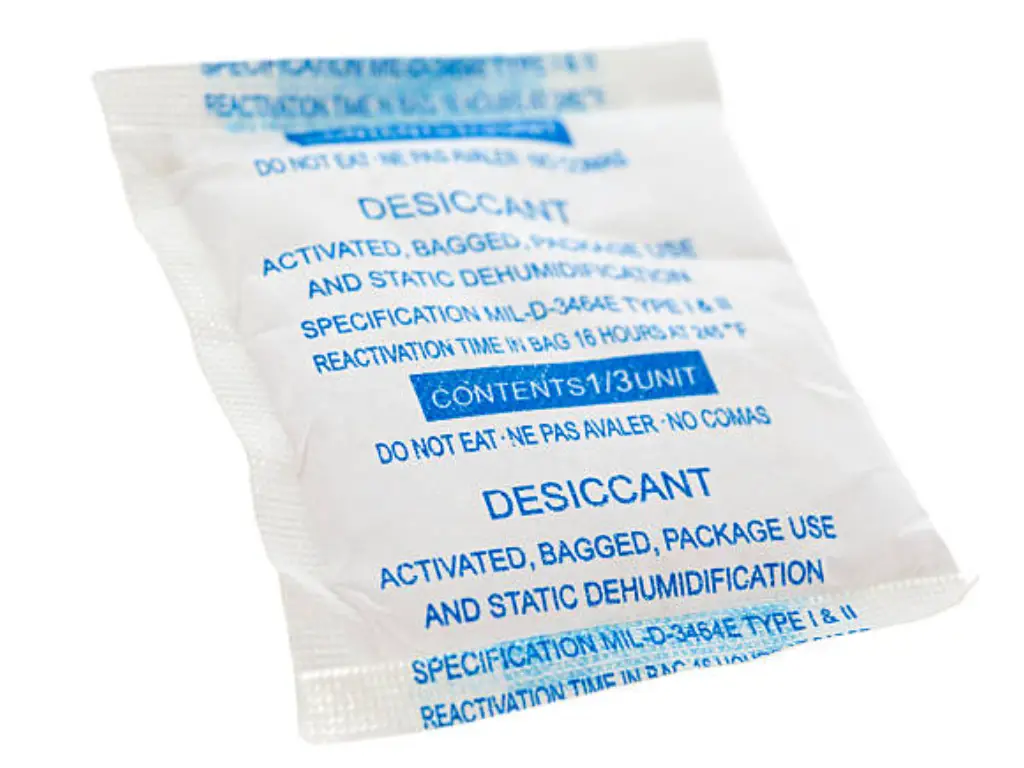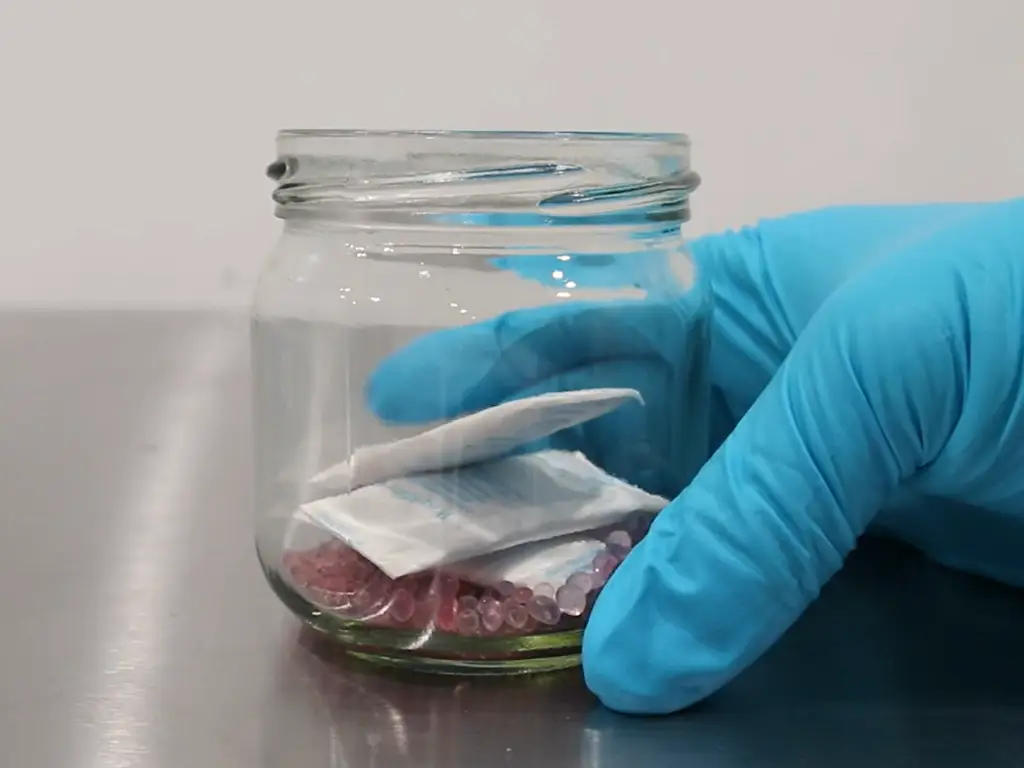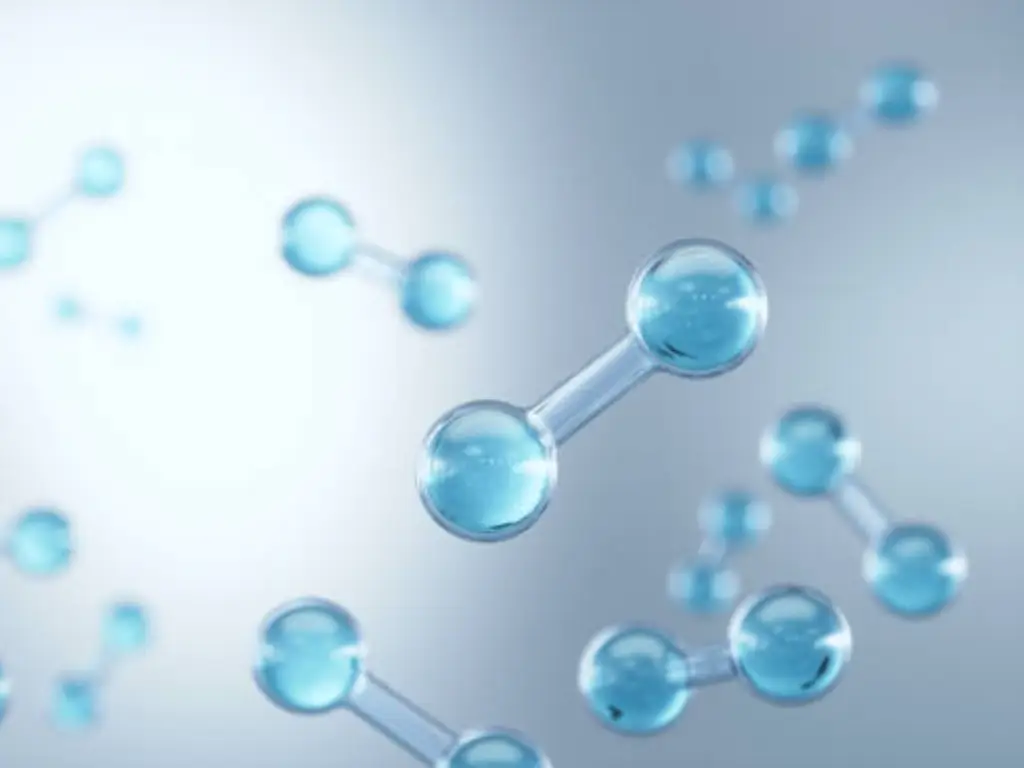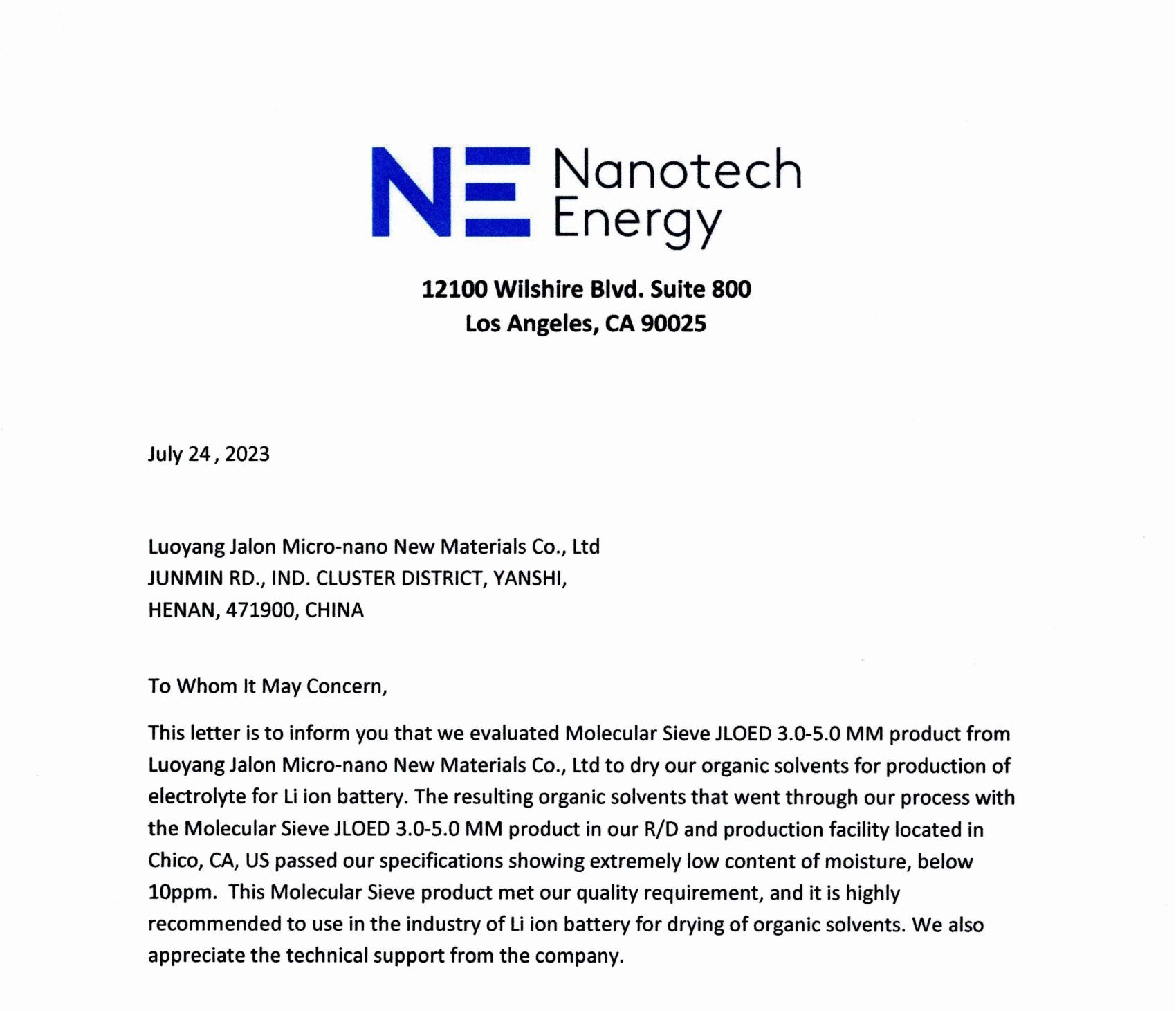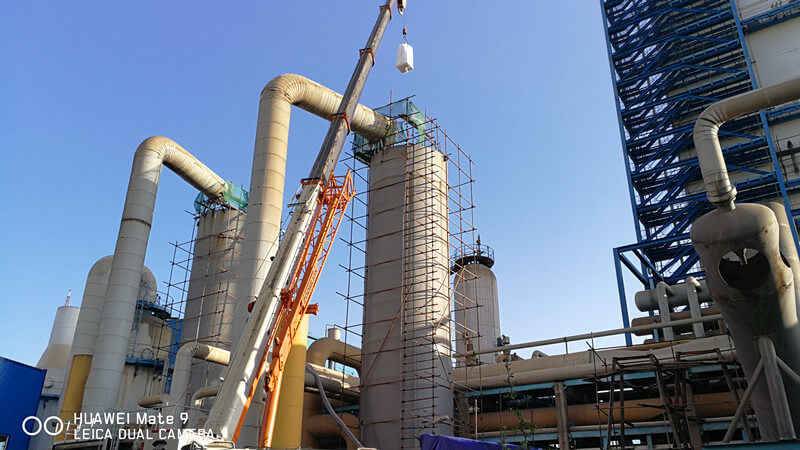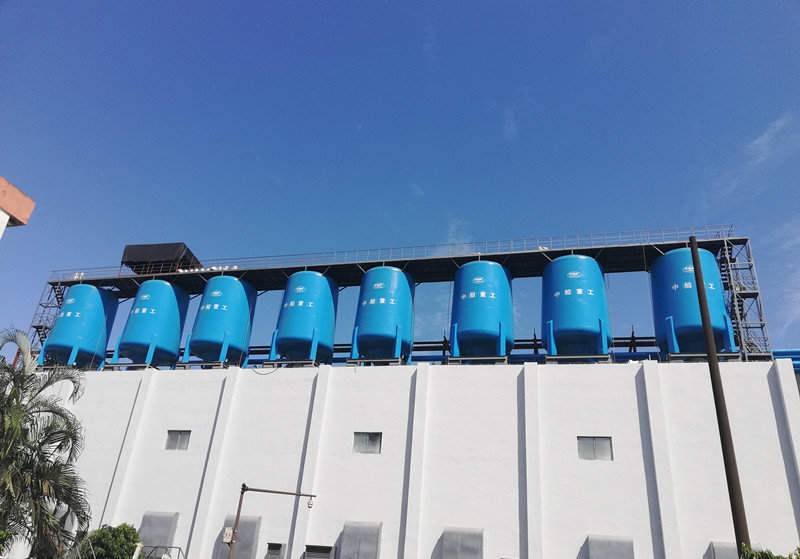Source: https://www.jalonzeolite.com/product-item/13x-molecular-sieve/
Molecular sieve regeneration is an important process that is used in the production of a number of products that are used in the day-to-day lives of human beings. The process takes advantage of several compounds to handle tasks like separating gases which are later used in various industries.
We are going to look at molecular sieve regeneration at a deeper level, explore what it is, the applications it is used for, the benefits and drawbacks of using it, and any other important information pertaining to the subject. If you have been looking to get into this for a while now but don’t know where to begin, then stick to the end.
What is a 13x Molecular Sieve?
Source: https://www.pinterest.com/
A 13x molecular sieve is a highly multipurpose, porous, and high-capacity alkali metal alumni-silicate that comes in a spherical form. It has the ability to adsorb all molecules like aromatics and hydrocarbons that may have larger diameters. This attribute makes them the ideal medium for getting rid of contaminants in the air and other gases.
13x molecular sieves are also used for getting rid of hydrogen sulfur which is very common in most compounds that are used for industrial processes. This also gives them the ability to get rid of moisture, and that’s why they are used in the drying of gases and other liquids like ethanol which then become pure enough to be used for other processes in various manufacturing industries.
How 13X Molecular Sieves can be Regenerated
Source: https://www.pinterest.com/
Molecular regeneration is one of the most important processes when it comes to the adsorption of gas molecules. It is what determines the performance and the overall operational cost of molecular sieves through a given period of time. One thing you have to know about molecular sieves is that they age with each regeneration cycle, and this should be a factor to consider when selecting the right molecular sieve for your industrial processes.
So, how exactly can 13x molecular seeds be regenerated?
The regeneration of 13X molecular sieves is not that complicated for people who have no clue how it is done. To regenerate these sieves, you simply raise the temperature and reduce the pressure. You can also introduce a new pure gas which will provide sufficient temperature and pressure to warm up the molecular sieve to a level that’s between 200-300 degrees celsius.
However, care has to be observed that the temperature doesn’t go past 450 degrees celsius as that may change the properties of the compounds in the sieve, and that may defeat the entire purpose of the process. There are certain hydrothermal conditions that are caused by a rise in temperature that should be avoided at all costs.
Purpose of Molecular Sieves
Source: https://www.pinterest.com/
The biggest role of molecular sieves is drying different kinds of gases and liquids. One thing about most gases and liquids is that they are made of several compounds and impurities that make it hard for them to be used. They have to be refined into their purest forms, and this is where molecular sieves come into the picture.
The purpose of molecular sieves is wide and varied, and it all depends on the task and application at hand. The biggest role that they play is drying and dehydration. They take in moisture from substances more efficiently than most of the existing methods around. But this depends on the creation of the right condition. You have to pay close attention to the temperatures and pressure used for them to work as intended.
Once a molecular sieve has reached its saturation, which is basically a point where it cannot handle any more adsorption, then it has to be regenerated. This involves the use of temperature and pressure to restructure the sieve back to its original state so that it can be used once again in another process. The number of times a molecular sieve can be used depends on the type and the nature of the task.
After regeneration, in order to get the molecular sieve back to functioning at optimum levels, it has to be cooled down. A molecular sieve is able to take in more water when the temperature is much lower. Using high temperatures for adsorption runs the risk of thermal damage, and that will compromise the effectiveness of the process.
Things to Keep in Mind when Purchasing Molecular Sieves
Source: https://www.jalonzeolite.com/product-item/13x-molecular-sieve/
When it comes to molecular sieves, you want to get the best that you can to be able to enjoy the highest forms of efficiency. To pull this off, you have to consider some important factors before making decisions. These factors include the following.
- How it Works: There are many types of molecular sieves and each has its own unique way of working. You have to figure out how a molecular sieve that you are interested in works first before committing your money to purchase. Each molecular sieve comes with pores that are sized differently. The type of gas that is absorbed depends on the sizes of the pores. You need to pay attention to the working mechanism to ensure that you are dealing with a molecular sieve that satisfies your needs.
- Molecular Sieve Materials: There are many materials that are used for making molecular sieves, and this should play a very important role when it comes to deciding what to go with. There are a good number of desiccant humidifiers that are compatible with most of the functions that molecular sieves are designed for. This should be one of the priorities when it comes to selecting the right molecular sieves for all your projects.
- Regeneration Ability: Not all molecular sieves are regenerative. There are some that can only be used once, and that’s that for them. This can be costly in the long run. When purchasing a molecular sieve, consider the regenerative attributes, and if that’s something that’s possible, then you stand a chance of using it for a very long time before you start thinking of replacements.
- Budget: Molecular sieves come at varying prices. The best ones cost a lot more than the ordinary ones. However, this doesn’t mean that the cheaper ones don’t work. However, if you can get your hands on high-end molecular sieves, the better it will inform your process. Consider your purchasing power and go for a sieve that will be able to handle all the stats efficiently and for a much longer period of time.
- The Purpose: You have to figure out what you want to use the molecular sieves for in the first palace in order to know the type you will go for and the amount needed. This can be done through intensive research as there is my type of roles that these sieves can be used for. The last thing you want is to end up with the wrong sieve for a role they are not well suited for.
Conclusion
The regeneration of 13x molecular sieves is very important; it is the only way to keep the sieve working for a very long time before you start thinking of replacements. There are a number of other factors that you have to consider when setting up the entire process, and if you wish to learn more on that, check out our website and have any questions that you may have addressed by our team of qualified experts.

